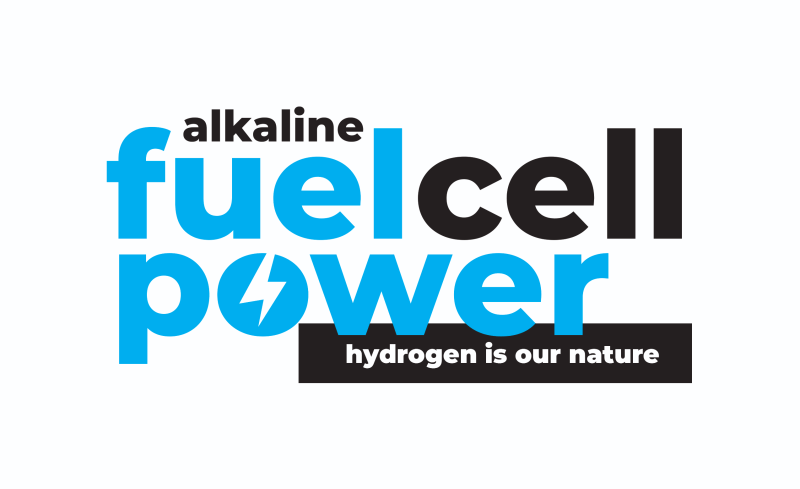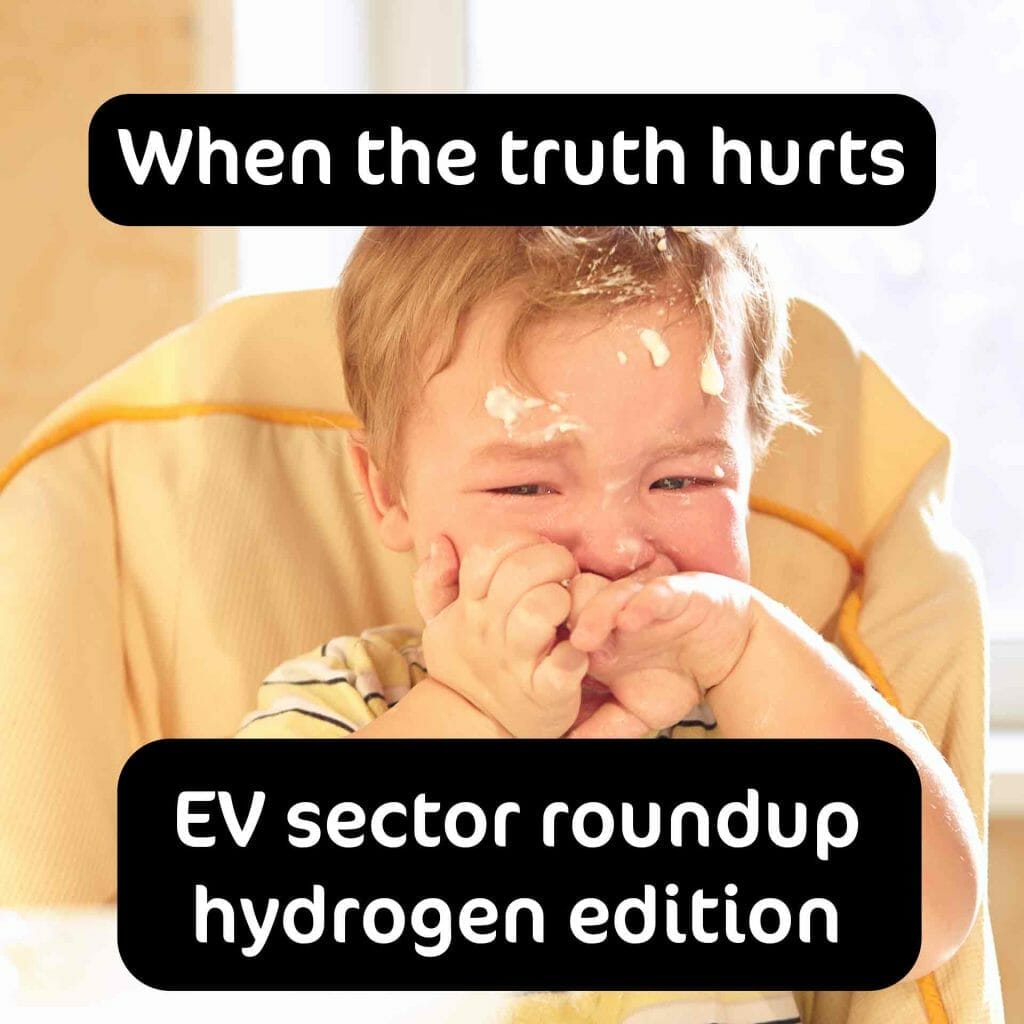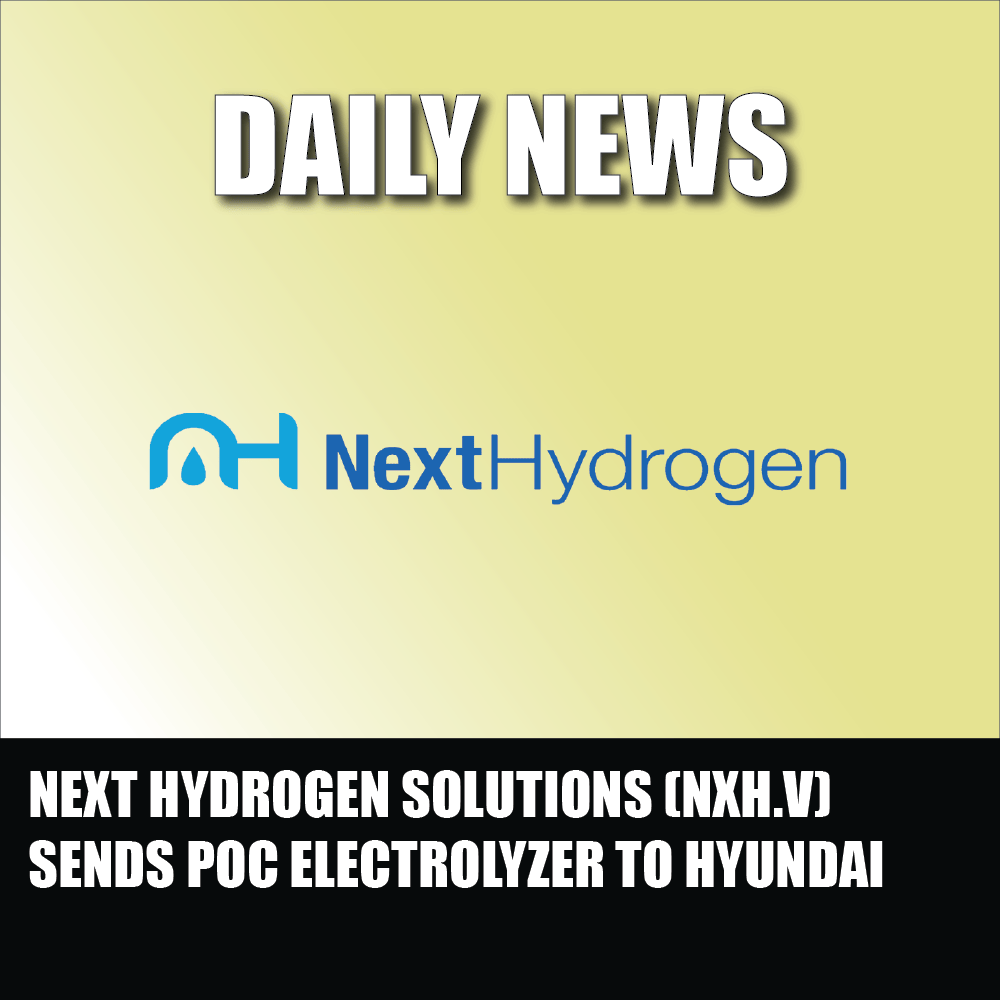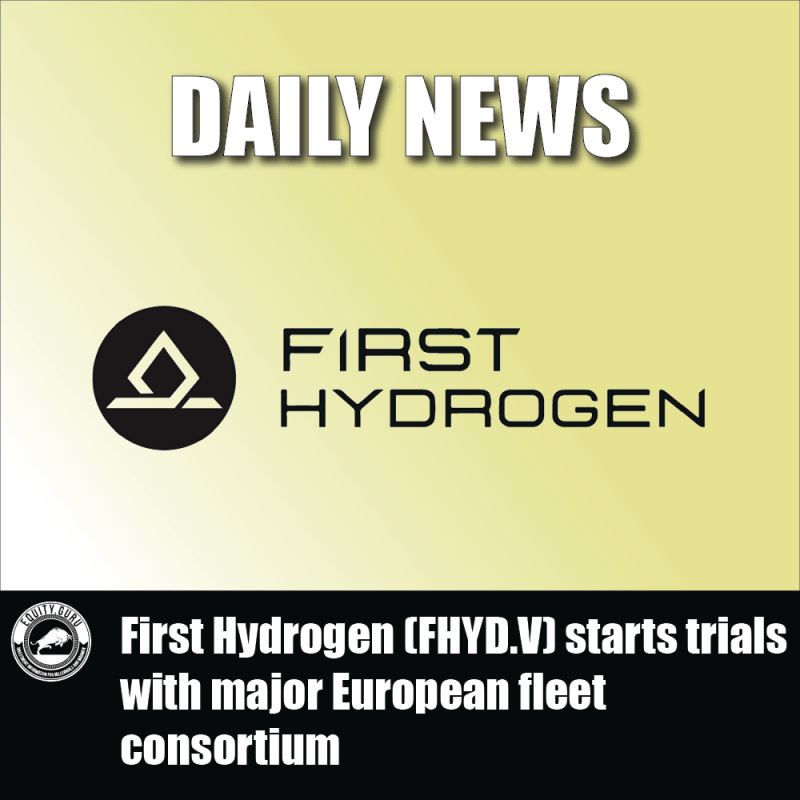Seems I ruffled some sensitive Tesla feathers with my last EV round up. Get ready for another round of uncomfortable truths about a sector rife with much ado about nothing. I purposefully ignored the unicorns last time because they have either already brought whatever value they are going to have to the table from the get-go or are so heinously bloated they will never perform enough to justify their worth.
First, let me address the insanely optimistic comment I received regarding Tesla’s projected performance over the next five years. I was told by an ‘enlightened’ investor that Musk’s market misadventure would produce a million cars in 2021 and then grow at 50% per year for the next five years. Not sure whether that was meant to be sales or production growth, but since they made the one comment and followed it up with that prediction, I’m going to assume production. That would mean the EV manufacturer would be building 7.59 million cars annually by 2027.
Tesla’s current installed production capacity is over 1 million units, however, in the real world where most of us live except Elon and his sycophantic supporters, production only bested 800,000 units by October and won’t likely reach the million mark by the end of the year.
The China Gigafactory is on track, according to the average output for the first two months, to produce 627,000 units by the end of 2022. The Berlin factory has yet to commence commercial production but may begin in early 2022.
Analysts who have flown over the China facility say it is not yet operating at full potential and could possibly beat its current estimations and produce 1 million units by the end of 2022.
Berlin is expected to produce 30,000 cars by the end of H1 2022 and if everything goes as planned will have a production capacity of 700,000 cars per year if run 24/7, according to Elon’s infamous tweeting.
In a rose-tinted scenario with no supply chain issues, Covid variants, production downtime, teetering economies and unlimited sales, Tesla will have built 2.5 million units by the end of 2022. That would require the production of five new million-unit factories with at least two years construction time for each facility, training new staff and ramping to non-stop balls-to-the-wall assembly before 2027. Not to mention the soaring sales to justify additional production. Could happen, but not likely.

Tesla will be a manufacturer within the EV market but with a significantly smaller share than is anticipated by Cathy Wood and the Koolaid-drinking crowd. Tesla’s share price is currently floated by hedge funds desperate to retain the value of their investment after the company hoodwinked itself into the S&P 500. When the proverbial chickens come home to roost, it won’t be pretty for anyone.
Now back to reality…
The Omicron variant is wreaking havoc with the markets and EV share prices are plunging as a result. The on-going pandemic fear-based selling has tipped the share-price scales, but the ensuing value normalization will probably continue past the initial shock as it was an inevitable event and was only triggered by the black swan. Don’t know what to say at this point beyond buckle in and enjoy the ride as value is destroyed across the board. Our cult-like market optimism, yield-seeking desperation and cheap money will most likely result in a lost decade.
On that happy note, I thought I would talk about hydrogen and illustrate some opportunities within that segment of the renewable energy space.
![]() Next Hydrogen Solutions (NXH.V) went public June 24, 2021, in an RTO with BioHep Technologies. Next Hydrogen was founded in 2007 and has developed an innovative water electrolysis technology, with patented cell architecture, to efficiently convert intermittent renewable electric power sources into clean hydrogen on an infrastructure scale.
Next Hydrogen Solutions (NXH.V) went public June 24, 2021, in an RTO with BioHep Technologies. Next Hydrogen was founded in 2007 and has developed an innovative water electrolysis technology, with patented cell architecture, to efficiently convert intermittent renewable electric power sources into clean hydrogen on an infrastructure scale.
The company has a 27,000 square foot facility in Mississauga, Ontario for product assembly, testing, product development and engineering. Next Hydrogen’s U.S. subsidiary will assist with its U.S. growth plans and the firm continues to explore global strategic partnerships. Next has raised $64.55 million in equity financing over the last year that will see them through to commercialization.
Next Hydrogen’s management team has over sixty years experience in water electrolysis and has been perfecting its current technology for 12 years. It has been awarded 38 patents with more pending across multiple jurisdictions.
The company currently trades at $4.41 CAD per share for a market cap of $100.92 million.
 Alkaline Fuel Cell Power (PWWR.NEO), focused on the development and production of micro-combined heat and power systems based on alkaline fuel cell technology, went public in July. The company announced at the end of November that it had entered into a collaboration with the University of Chemistry and Technology, Prague (“UCT Prague”), considered to be in the top 4% best universities in the world according to Times Higher Education’s ranking in 2017.
Alkaline Fuel Cell Power (PWWR.NEO), focused on the development and production of micro-combined heat and power systems based on alkaline fuel cell technology, went public in July. The company announced at the end of November that it had entered into a collaboration with the University of Chemistry and Technology, Prague (“UCT Prague”), considered to be in the top 4% best universities in the world according to Times Higher Education’s ranking in 2017.
The agreement will allow AFCP to access the school’s facilities to verify the functionality of electrodes comprised of non-precious metals within its Gen 3.0 systems. The technology is designed to sidestep the use of precious metals such as platinum to support broad adoption by both residential and commercial customers the world over. The technology is targeted for commercialization in 2024.
Currently AFCP trades at $0.23 per share for a market cap of $39.54 million.
First Hydrogen (FHYD.V) seeks to become the leading designer and manufacturer of zero-emission, long-range hydrogen powered utility vehicles in the UK, EU and North America. The company has partnered with global hydrogen fuel cell technology players, Ballard Power (BLDP.T), a leading provider of innovative fuel cell based clean energy, and AVL, an international network of experts in 26 countries with 45 Tech and Engineering Centres worldwide, focusing on the development, simulation and testing of in the automotive industry to support hybrid, battery electric and fuel cell technologies.
The FCEV manufacturer had $7.57 million in the till as of September 30, 2021 and reported a $930,438 net loss for the quarter ending the same time. The company announced in October that it had completed the initial design of its light commercial demonstrator vehicles for the UK market and plans to use the resulting vehicles to demonstrate to prospective customers the capabilities of a zero-emission hydrogen van.
First Hydrogen currently trades at $1.70 per share for a market cap of $84.43 million.
![]() PowerTap Hydrogen Capital (MOVE.NEO) is focused on installing hydrogen production and dispensing fueling infrastructure in the U.S. The company boasts the lowest industry cost of production at $2-$3 per kilogram.
PowerTap Hydrogen Capital (MOVE.NEO) is focused on installing hydrogen production and dispensing fueling infrastructure in the U.S. The company boasts the lowest industry cost of production at $2-$3 per kilogram.
The company’s patented fueling SMR technology is manifested in its PowerTap onsite industrial hydrogen generator. The unit generates hydrogen onsite by converting natural gas and city water into high-purity hydrogen directly at the point of use, thus eliminating the cost and logistical complications of hydrogen delivery.
The PTG-50 unit has a relatively small footprint at 15.1 feet long, 4.9 feet wide and 9.0 feet high, weighing in at 6,350 kg (14,000 lbs). It produces 50 kilograms of 99.995% pure or greater hydrogen and has a 10-year production lifetime.
PowerTap’s CEO and CFO, Raghu Kilambi has over 25 years in global business building both public and private companies, raising over $1.0 billion of equity and debt capital in that time.
Back in January the company executed a definitive agreement with Humboldt Petroleum, Peninsula Petroleum and Colvin Oil to install PowerTap’s modular fueling stations starting in the state of California in 2022.
Currently PowerTap trades at $0.47 per share for a market cap of $167.69 million.
![]() Loop Energy (LPEN.T) is developer, manufacturer, and supplier of hydrogen fuel systems for vehicle OEMs and power generation system manufacturers. It’s patented eFlow™ fuel cell architecture increases gas velocity, delivering superior performance and water management with significant improvements to durability, power, and efficiency.
Loop Energy (LPEN.T) is developer, manufacturer, and supplier of hydrogen fuel systems for vehicle OEMs and power generation system manufacturers. It’s patented eFlow™ fuel cell architecture increases gas velocity, delivering superior performance and water management with significant improvements to durability, power, and efficiency.
The company announced in October that it had increased its product backlog to $45.0 million and its YTD revenues were more than triple the same period in 2020. Loop has eight customers in its 1-10-100 sales process and is on track to hit its 2021 target of 10 customers actively engaged in the business.
In Q3 2021, Loop announced the placement if its first order from NGVI for hydrogen fuel systems in transit and coach bus applications in Korea. It went into collaboration with Hydrogen in Motion to convert a southern railway of British Columbia-owned and operated diesel-electric switcher locomotive to hydrogen-electric.
Loop also announced a partnership with METTEM-M Ltd. To provide hydrogen electric powertrain solutions to commercial vehicle OEMs across Russia, the Commonwealth of Independent States, and Greater Europe.
The company currently trades at $4.38 per share for a market cap of $147.82 million.
Regardless of the what’s going on in the markets, the new energy revolution is exciting and will change our planet in many wonderful ways. There will be many opportunities for those willing to do their homework. If I have missed any worthy contenders in the FCEV space let me know and I will include them in future roundups. So as my eyes dim and my fingers begin to cramp, I’m going to step away from the keyboard and let you get to work with your due diligence, pick your winner and make this a better world. Good luck to all!
–Gaalen Engen





